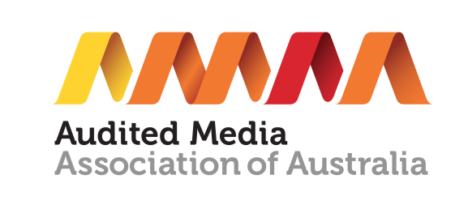If publishers care about transparency, why are they killing the audit bureau?
With publishers pulling out of the Audited Media Association of Australia, and debate kicking off around the body’s continued value to the industry, Mumbrella’s Miranda Ward asks why the publishing industry isn’t doing more to support the AMAA.
Transparency is the red-button topic of the wider media and marketing industry, from Dentsu Japan admitting it had overcharged Toyota for digital media to Facebook owning up that it had been overestimating the length of its video views – an admission that has the publishing industry up-in-arms.
Yet for an industry that claims it cares about transparency, its ongoing manslaughter of the audit bureau by a thousand cuts suggests a different story.
The problems began to pick up pace in July with Pedestrian pulling out of the AMAA’s website audit. Then Fairfax Media called it quits on reporting digital figures in August. Last month Bauer Media’s The Australian Women’s Weekly also withdrew from the website audit. And now CarAdvice has followed suit.



The old rule is still true: No audit = no traffic.
Nielsen has dropped it’s price and it’s product is better & has progressed quicker than the AMAA one. That’s all.
I miss the AMAA audit meetings – a classic was when a certain publisher said in front of representatives from Maxus and UM that they’d been buying in bot traffic to boost their numbers.
Check similarweb.com for upstream traffic referrals.
AMAA was anti-auto-refresh but compliant to some sites using bot traffic to get oversold ad campaigns away (Nielsen panel is better at preventing this being included in reported traffic).
The AMAA is irrelevant when it comes to digital. Why would I care about how many people subscribe to a website when most of the traffic is free? I can get audited metrics that I’m interested from Nielsen.
We need independent measurement of media. Publisher driven metrics are always suspect. How could the IAB appoint Nielsen as the currency provider for online and TV? This conflict of interest has led to innovative Nielsen cross platform measurement products available elsewhere not being released in Australia for example.
Advertisers and Agencies need to support the independent syndicated research providers for accuracy and innovation.
We need to support the AMAA.
It’s not Nielsen holding back cross platform measurement. OzTAM own the TV data so it can’t happen until they want to see it.
1. IAB has ZERO to do with appointing the TV research company. OzTAM appointed Nielsen TAM via its predecessor AGB Italia/ATR back in 2001.
2. IAB endorsed Nielsen Online as its preferred supplier. While they share the word Nielsen they are in premises miles apart and share no staff, no processes and procedures, no staff, no management and no P&L.
3. The funding levels for online measurement in Australia are substantially lower than for television, and lower than the couple of countries you allude to, which is the principle barrier to quicker adoption.
4. I do not work for Nielsen.
5. Sadly your post is bereft of facts but heavy on superficialty.
There is something sad about the dying flapping of a fish out of water.
The answer is they don’t care about transparency.
These are the same publishers that for years celebrated our 100m internet browsers in a population of 23m
as Don Chip famously said, ‘keep the ba****ds honest!
Audit is all well and good, but as the article says, if advertisers don’t care to check then it’s not a worthwhile process. In the print days this was our experience so we ultimately dropped it having not received a single query about audit either before, during, or after our time as an audited publication.
What wasn’t canvassed in the article was the fact that in the digital space, there are far more ways for advertisers to measure the results of their campaigns than there ever were in print….and many of them are completely independent from whatever the platforms they utilise.
There are dozens of metrics for marketers to look at, but at the end of the day, ROI is the only one that counts and if you can’t measure that yourself, you should probably back away from the cheque book.